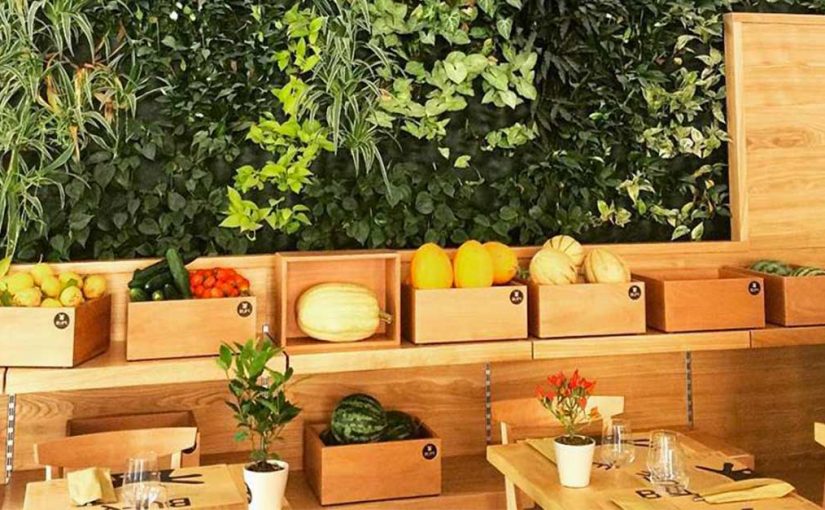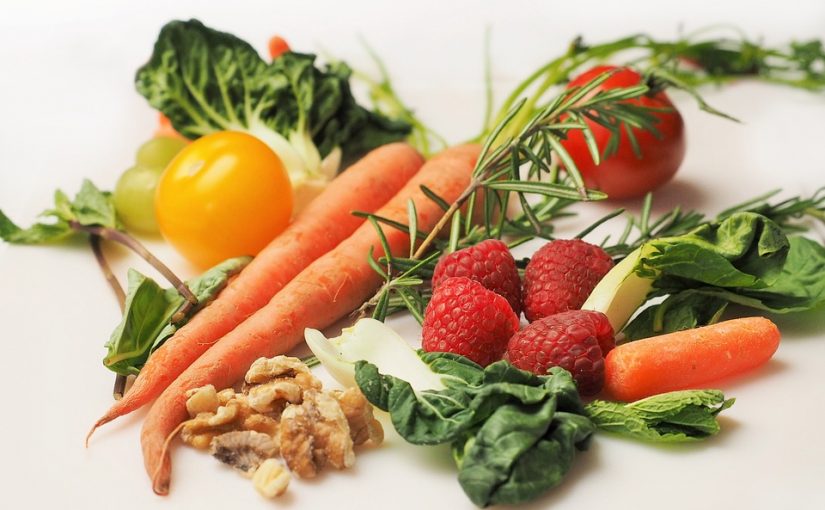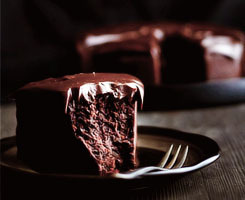Kitchen equipments: what are the essentials?
A mortar and a pestle, of course! These tools have been used for centuries to prepare spices in Latin American cuisine.
Kitchen equipments
But what about other popular dishes like curry or Read more

Kitchen equipments: what are the essentials?
A mortar and a pestle, of course! These tools have been used for centuries to prepare spices in Latin American cuisine.
Kitchen equipments
But what about other popular dishes like curry or Read more

Organic restaurant. As people become more aware of environmental pollution, they increasingly prefer to go to an organic restaurant. Obviously this is not only the result of an interest in the environment but a real trend that is involving Read more

Happy hour is an excellent initiative to increase the profits of your business.
A moment of those who earn more together with breakfast and lunch. Happy hour, however, requires a different type of service as, unlike breakfast and lunch, Read more

Vegan or vegetarian. According to data from Eurispes, or the Italian Research Institute, in 2018 7 percent of Italians declare themselves vegan or vegetarian. The data that interests us most is that 55 percent of respondents said they Read more

Chocolate festival. Let’s talk about chocolate, have you already enjoyed in your mouth?
Perhaps you will think of the film with Johnny Depp and Juliette Binoche where they fell in love in a French town between one praline Read more

How to protect your health at work. How to protect your health at work. Staying healthy, whether physically or mentally, is a difficult and challenging task for restaurant employees. For this reason, it is always necessary to make healthy choices, adopting Read more

Ice cream and sorbet are very popular in Europe and those are growing at a fast Read more

How to serve alcohol responsibly. Many guests spend their holidays with family and friends, and alcohol is often part of the celebrations. When people get caught up in the exciting moment, they can consume too much alcohol.

Children’s menu. To be a good restaurant owner, it is necessary to have food that can satisfy all those who pass through the entrance door of the restaurant. The children’s menu is usually the last thing you think of Read more

The law on allergens provides that the consumer of any food product is aware of the ingredients contained in foods, including allergens. This not only applies to Read more
